
Pay after 30 days.
Available immediately, delivery time 1-3 working days
Buy now: Organic lentil crisps with sea salt 16 x 100g
Do you feel like having a different kind of snack? Then our organic lentil crisps can be what you were looking for! Legumes crisps are a great alternative to traditional potato crisps, and our lentil ones are simply amazing, both in taste and nutritional values, and, last but not least, can be enjoyed by everybody, as they are vegan and gluten-free.
Too good to be true? Try them yourself, and get ready to be surprised by the crunchy deliciousness of our lentil crisps! And there's more: our selection includes organic beetroot and sweet potato crisps too – yum!
| Average nutritional values | per 100 g |
|---|---|
| Calorific value (in kj/kcal) | 2058 / 492 |
| Fat | 24 g |
| thereof saturated fatty acids | 2.2 g |
| Carbohydrates | 56 g |
| thereof sugar | 1 g |
| Dietary fiber | 4.6 g |
| Protein | 10 g |
| Salt | 2 g |
| Product number: | CHIPS_007_T16 |
|---|---|
| Best before date | 17.12.2025 |
| Origin | Türkei (Linsenmehl), Österreich (Sonnenblumenöl) |
| Origin (Processing) | Netherlands |
| Organic Origin | EU / non-EU agriculture |
| Content | 1.6 kg |
| Manufacturer | KoRo |
| EAN/GTIN | 4260654785753 |
| Data sheet | Specification |
| Organic control body & Organic origin |
|
| Nutrition traces | Nutrition traces |
| Shipping | Delivery time outside of Germany |
| Company |
KoRo Handels GmbH Hauptstraße 26, 10827 Berlin |
| Storage Advice | Store in a cool and dry place |
| Ingredients | 39% lentil flour*, sunflower oil*, potato starch*, potato flour*, corn starch*, 2.3% sea salt, turmeric* *from organic farming |
| Cross contamination | May contain SOYA, MILK (LACTOSE), PEANUTS, and CELERY |
| Trade Name | Organic lentils crisps with sea salt |
| Label note | Ingredients, nutritional values, and packaging may change. For exact information, please check the product description. |
| Press & Resellers | Download cropped photo |
Climate impact
At KoRo, we analyse the greenhouse gas emissions that are produced during the production of our snacks. These include, among other things, CO2, methane and nitrous oxide. Our hard-working sustainability team collects all the information to calculate a value: the so-called CO2 equivalents. We are now passing this information on to you so that you can make informed purchasing decisions and keep an eye on your personal carbon footprint. We also use these valuable findings ourselves, to try to make our supply chains even smarter in the future and monitor our CO2 footprint.
CO₂ emissions by product
To make the work of our sustainability team easier, we have teamed up with the company Cozero. They support us with their decarbonisation software to calculate the CO2 emissions of our products. Our products go through a lot before they make their way into your pantry or snack bowl, so there is a lot to take into consideration: production, packaging, and logistics – to name just the big steps.
- Product
- Packaging
- Logistics
CO₂ emission per product in comparison
Would you like to find out how well your favourite snack stacks up against other products in terms of carbon footprint? Say no more! To create comparability, we calculated the CO₂ emissions per 1 kg of our products and compared them with other products that end up on many people's plates every day, such as cheese, tofu, and many more. We also included coffee as a drink for comparison. So no matter if it is your favourite snack or your go-to kitchen product, you are now able to see exactly how it performs in our “CO₂ per kg of product” ranking.
Comparison of CO₂ emissions per product in kg

Disclaimer: Different methods (comparison products) - The CO2 emissions of the non-KoRo products come from a different data source. Therefore, there may be differences between their evaluation method and the evaluation of KoRo products.
Production

Linsen gehören zu den Hülsenfrüchten und wachsen an einem Strauch.

Während des Reifeprozesses der Linse verändert sich nicht nur ihre Größe, sondern auch ihre Farbe. In der Regel passiert das zwischen Mai und September.

Linsen sind meist ab Mitte/Ende August reif für die Ernte. Da sie von unten nach oben reifen, muss der perfekte Zeitpunkt abgefangen werden, denn sonst könnte es passieren, dass einige Linsen zu reif oder unreif sind.

Nachdem die Linsen erfolgreich geerntet wurden, werden sie erst einmal gesäubert und anschließend in Wasser eingelegt. Der darauffolgende Schritt in der Herstellung von Linsen-Chips, ist das Mixen. Sobald eine Masse entstanden ist, kann diese gewürzt und in die richtige Form gebracht werden. Und schon sind die Linsen-Chips bereit für den Ofen!
This is how the price has developed over time
All data without guarantee!
Login
Probably delicious, but the shipping didn't work out
I like them, but a little less oil would be great
Delicious, light and a good size
so-so next time rather not
Hey 😊 Thanks for your feedback! We're sorry that the organic lentil potato chips with sea salt weren't quite to your taste. Chips really are a matter of taste - and we understand that they're not right for everyone. If you would like to try something different, there are many different snacks available in our range! 😄 If you have any further questions or requests, our customer service team is always happy to help. 💬 All the best from the KoRo team 🥔💚
Great product
Can't get enough of it...
Make your order free of shipping costs! 🤑
As long as new products don't have pretty photos yet, you save the shipping costs.
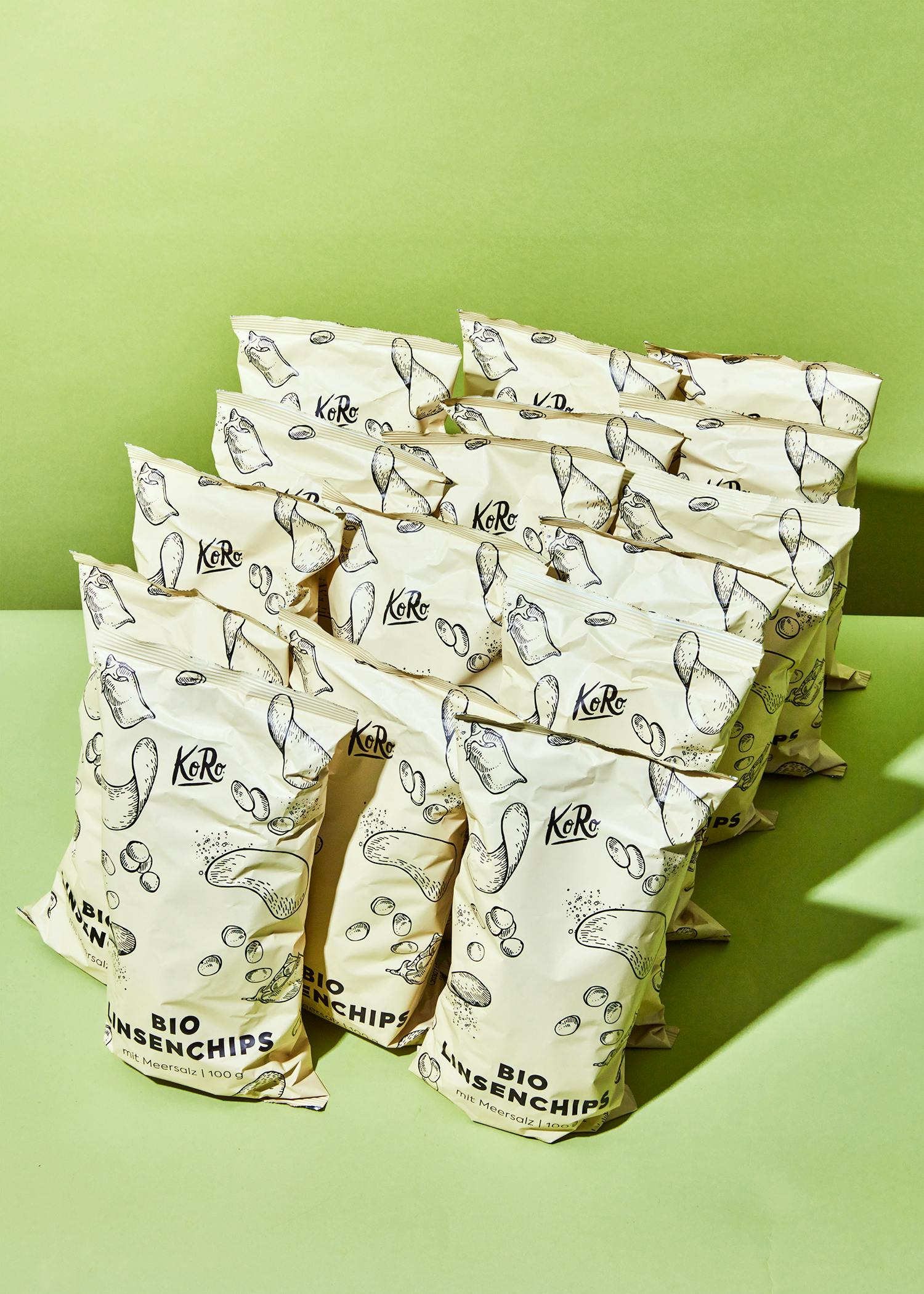


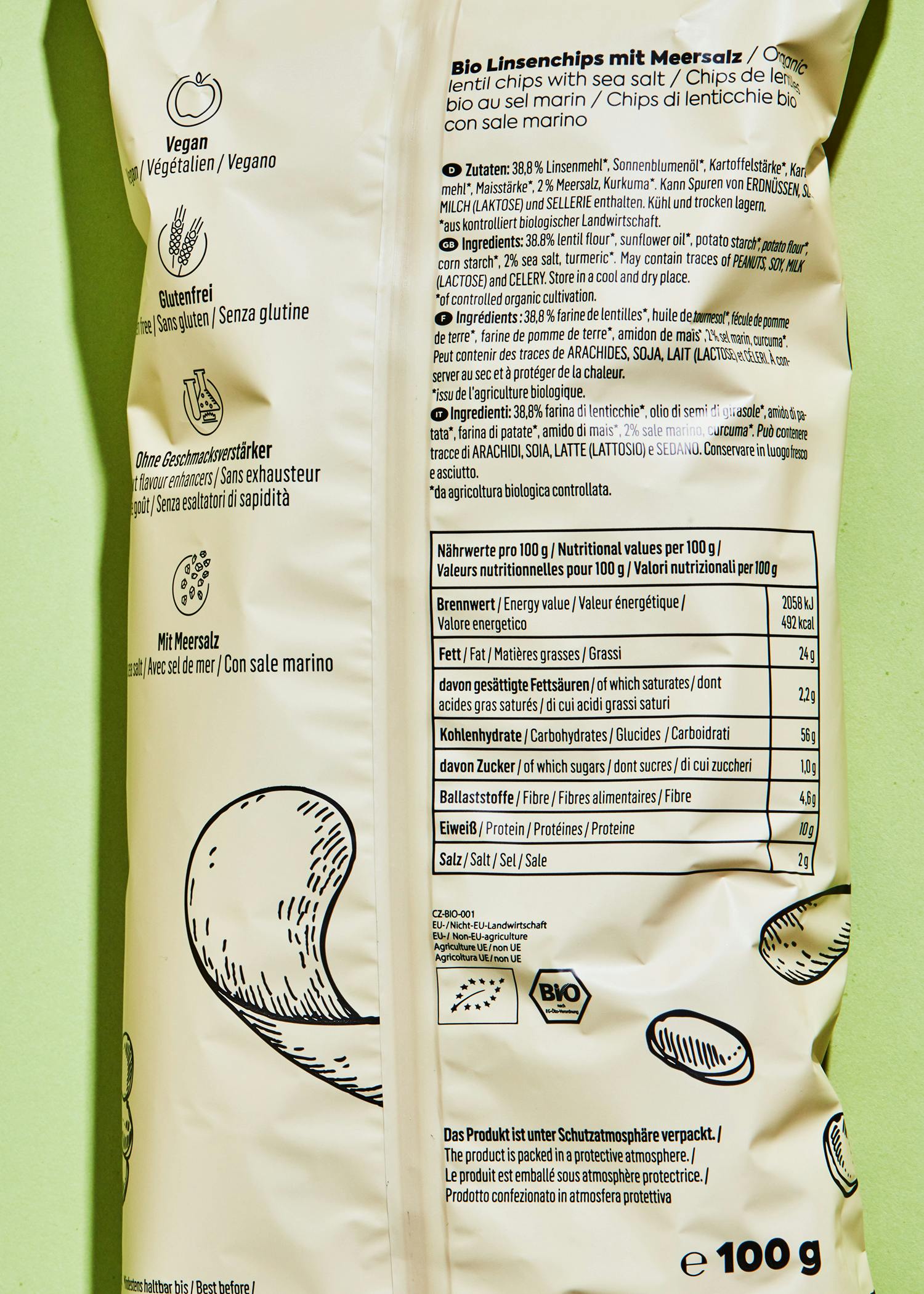
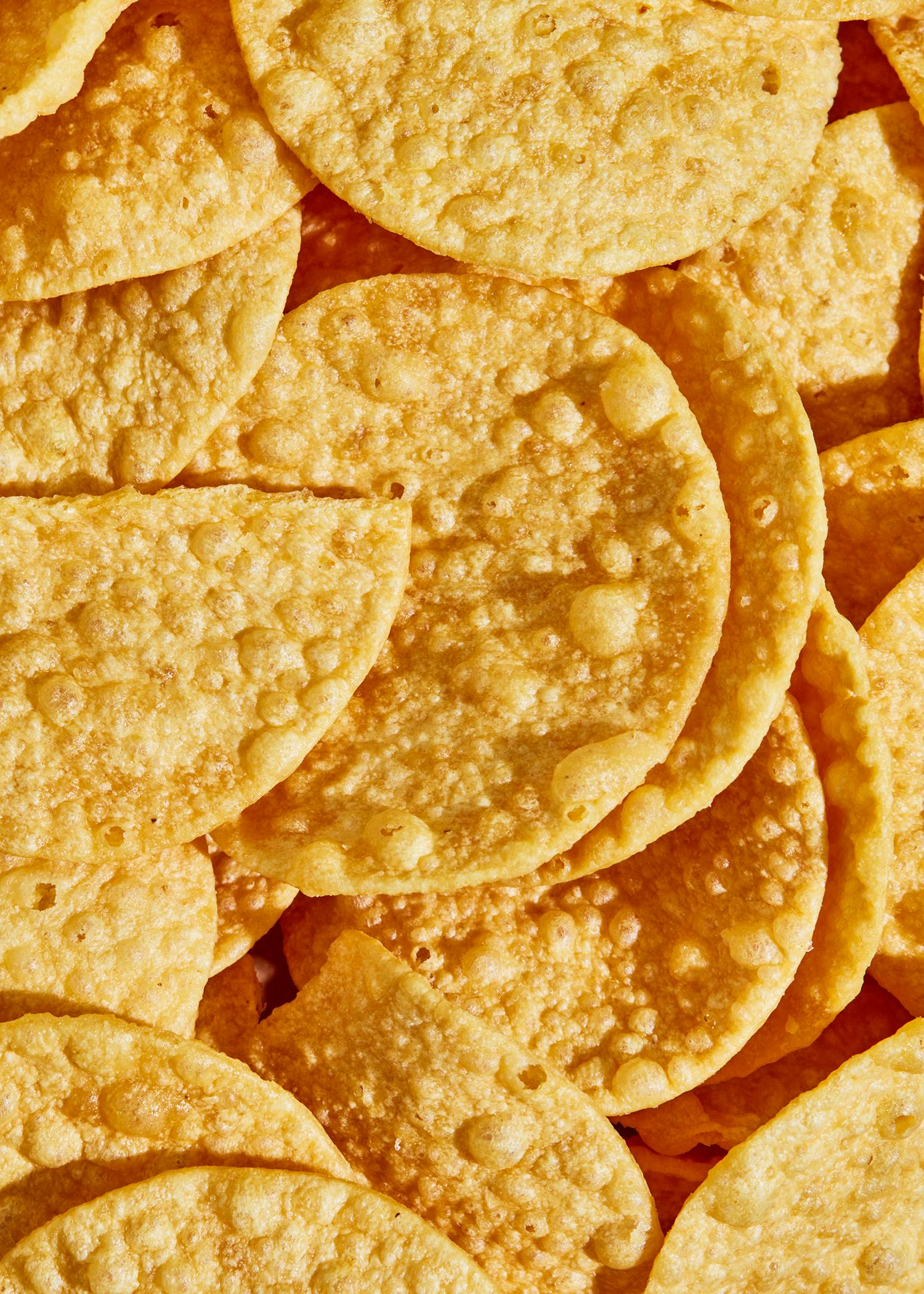

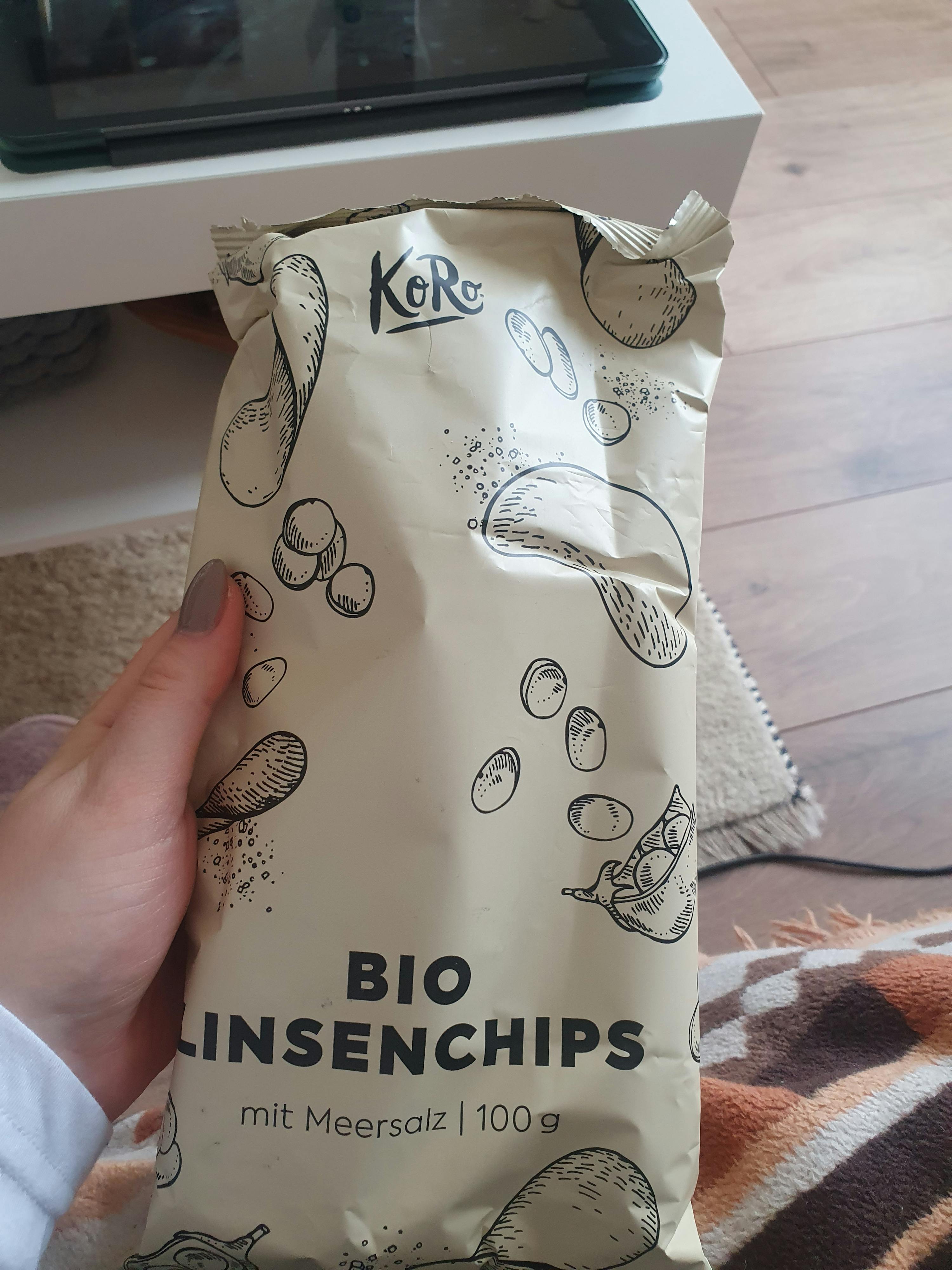











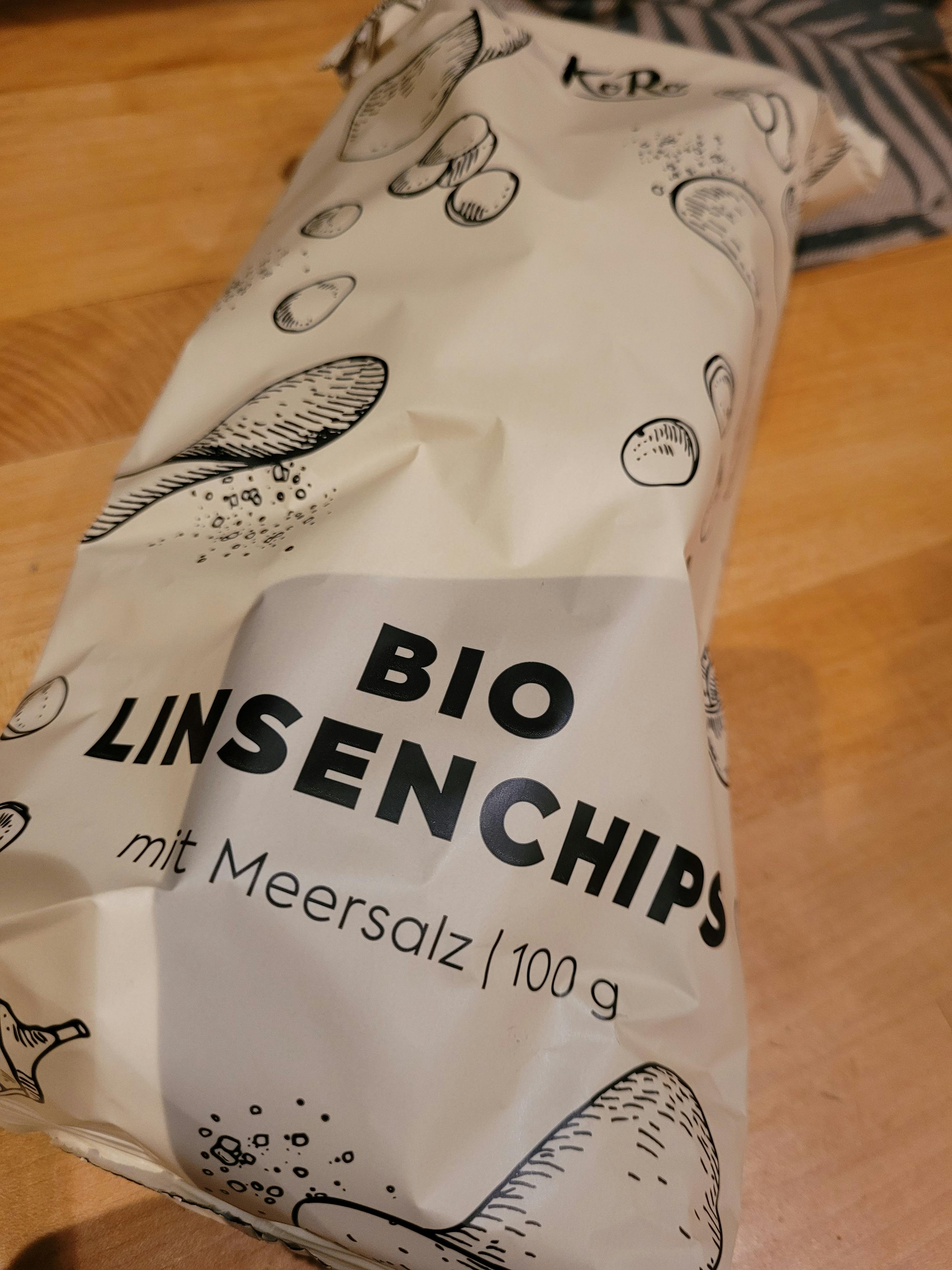















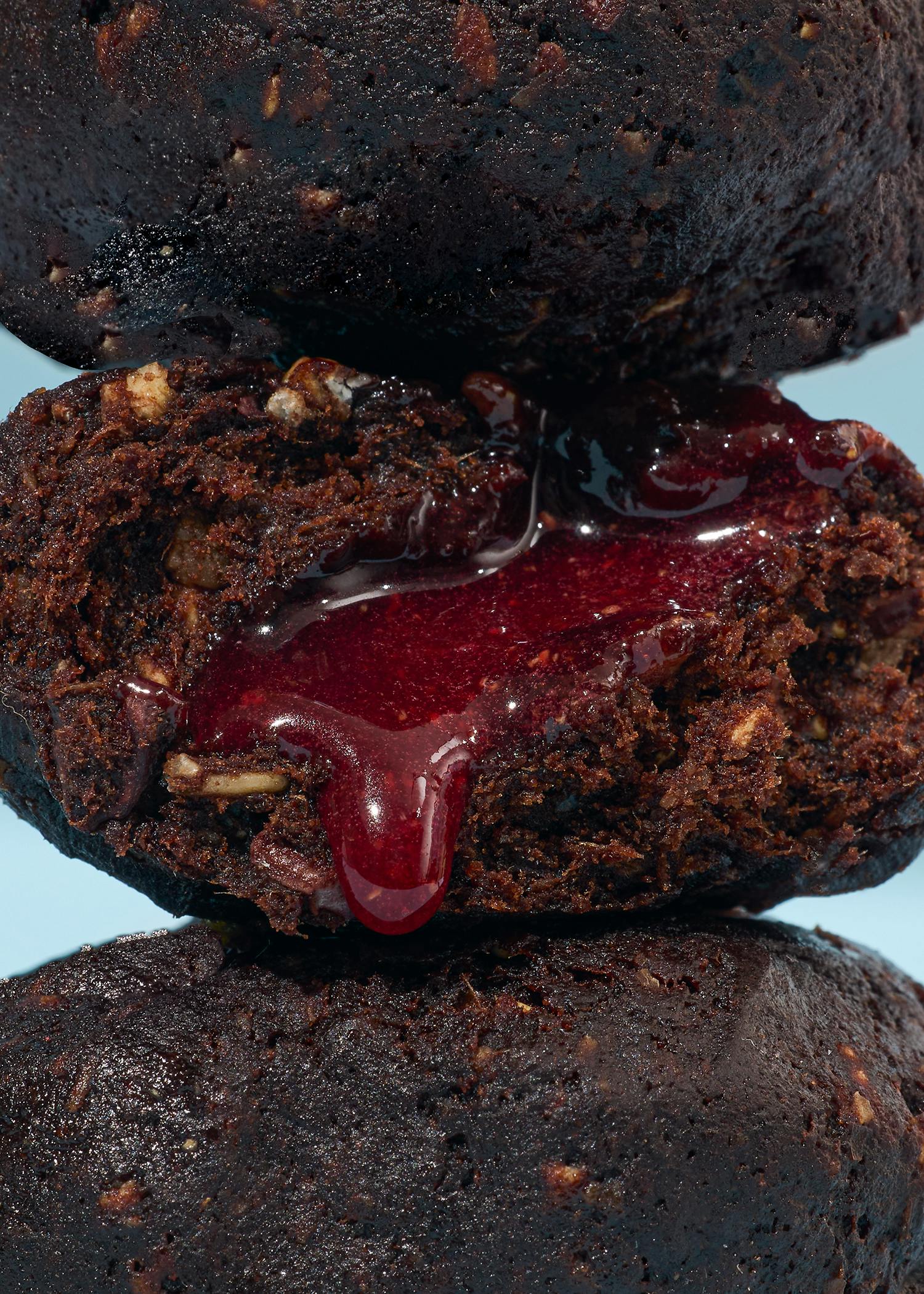





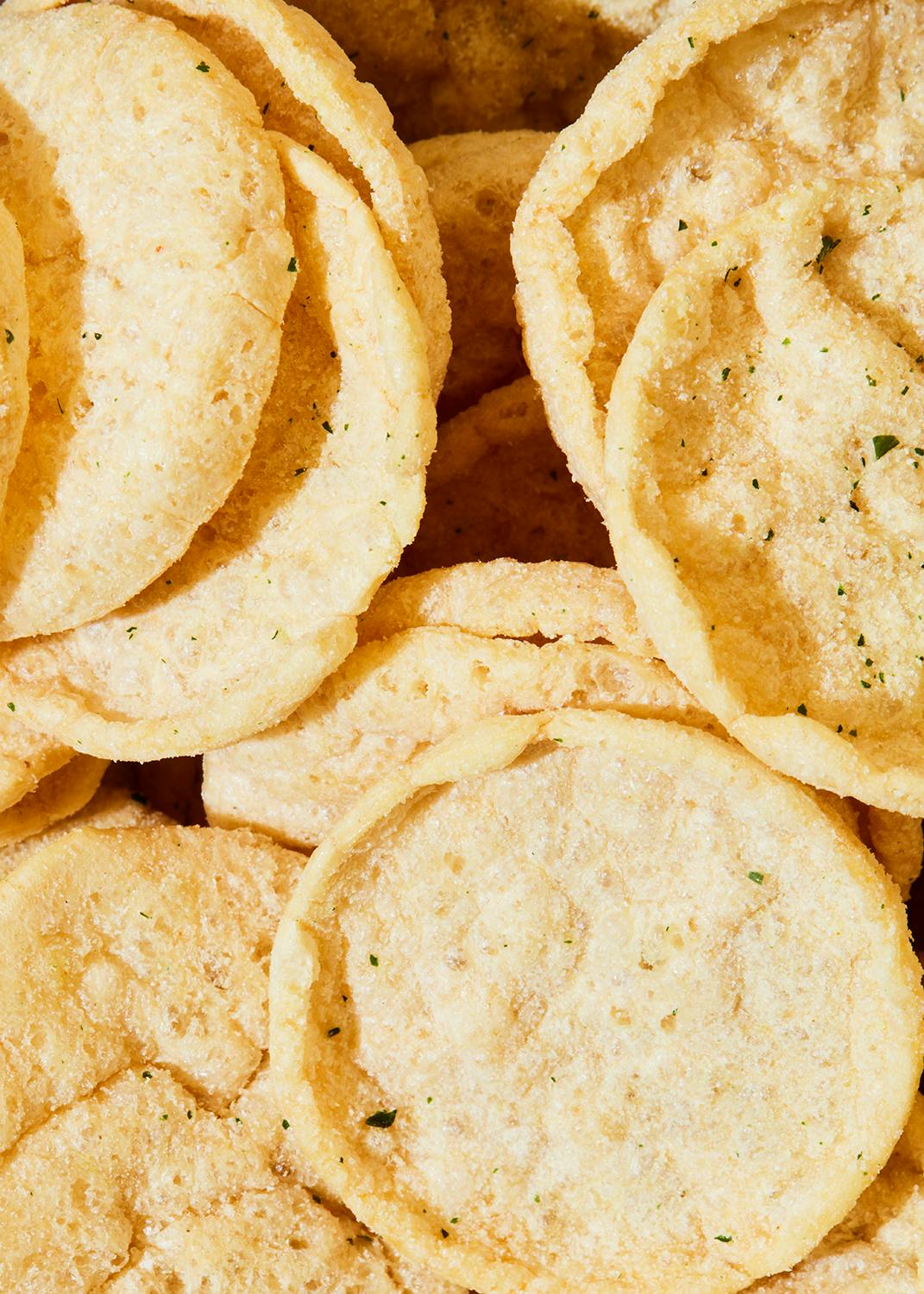







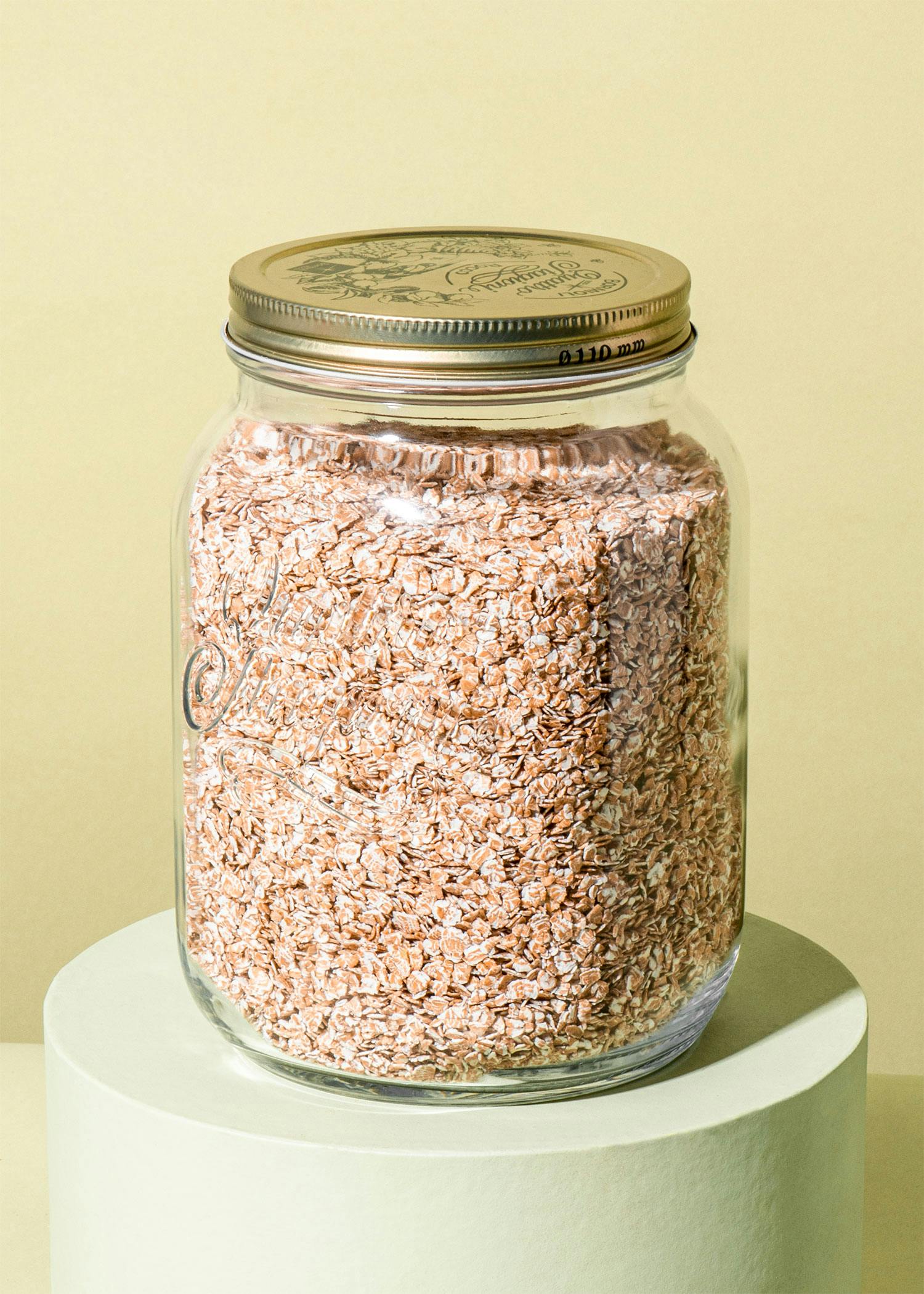
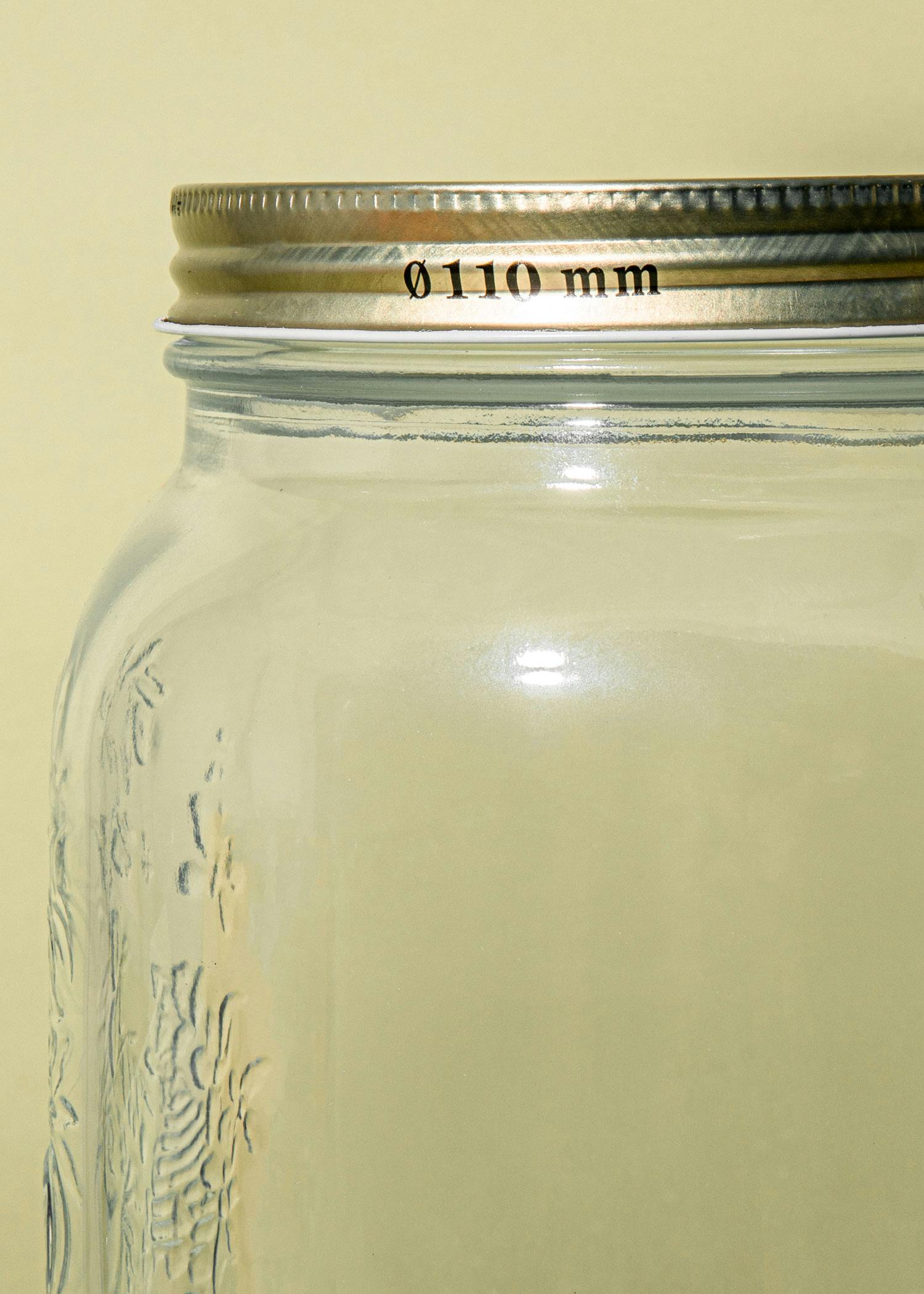


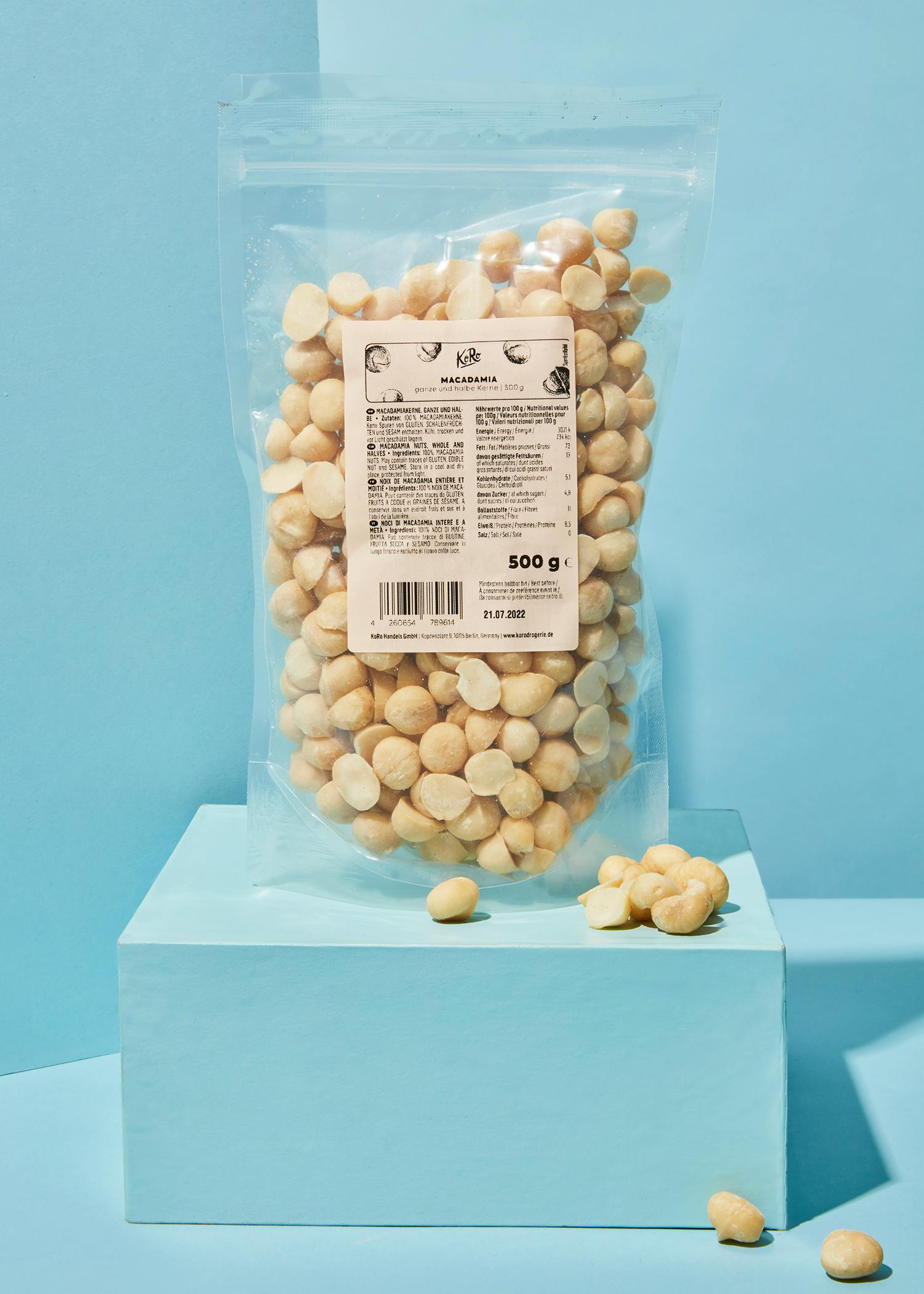



KoRo Handels GmbH
22.04.2025
Hey 💛 Oh no, that sounds really annoying - and we totally understand how disappointing it is when your anticipation of a delicious product is dampened by damaged packaging 😕📦 Our packaging is actually designed to withstand transportation - but unfortunately sometimes something goes wrong during shipping. Of course, this shouldn't happen and we would like to take this opportunity to say: please don't hesitate to contact our customer service directly via the help section on our website 🙏. We will help you quickly and easily and are guaranteed to find a solution for you 🤝. We very much hope that we will be able to fully satisfy you again with your next order - in terms of taste and delivery! 💌 All the best from the KoRo team 💫🥜✨